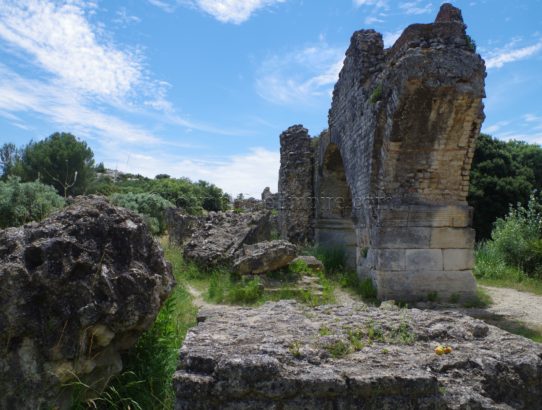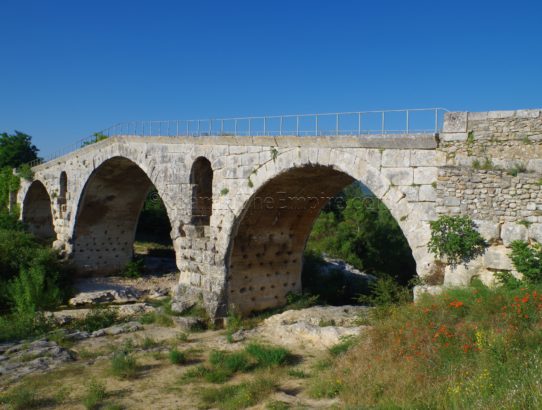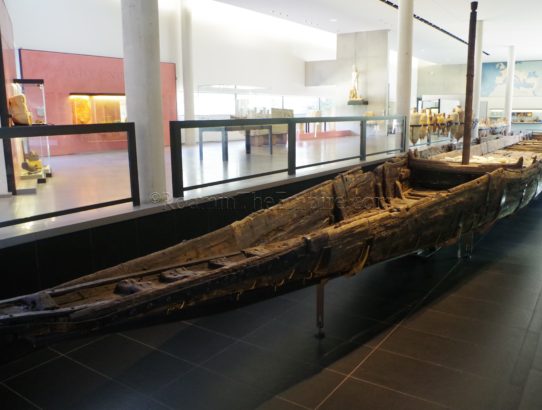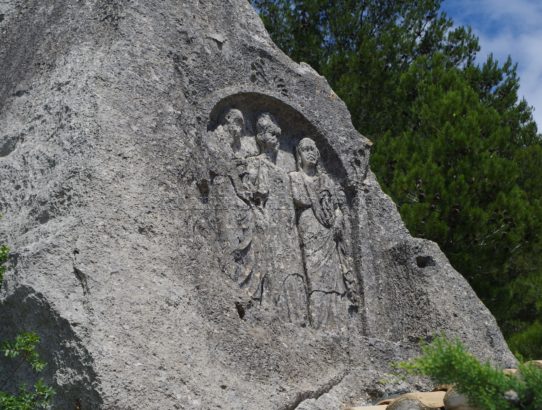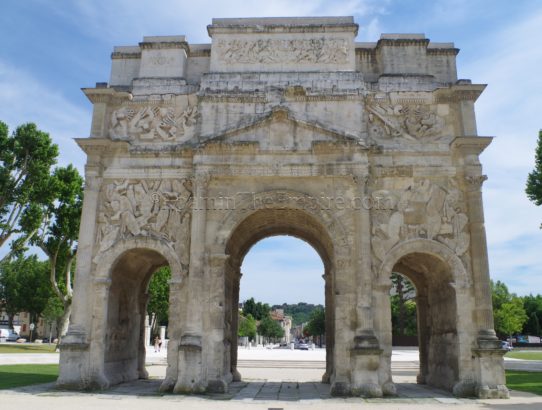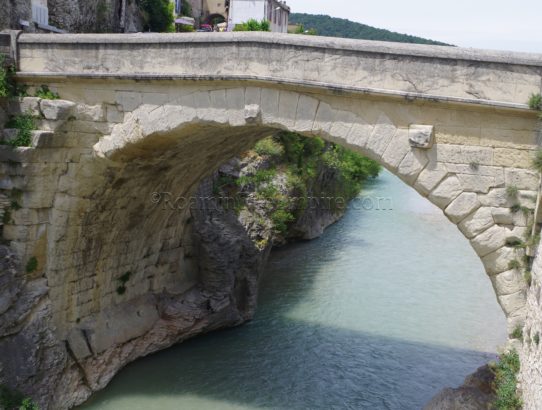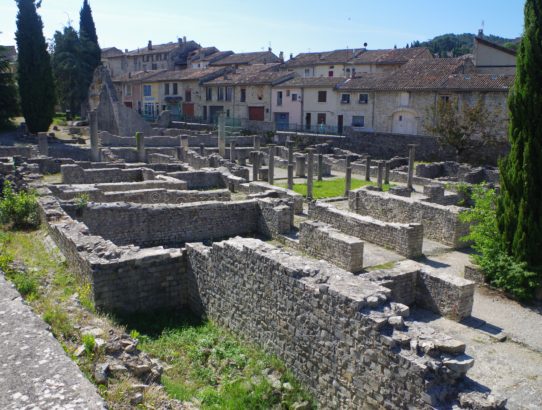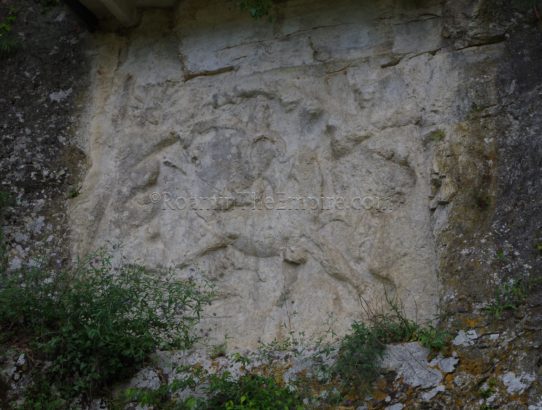Gallia Narbonensis – Arelate/Massalia Area
Most Recent Visit: June 2018. One of the great things about having a private vehicle is being able to visit some of the smaller sites that are often in rural areas with limited or no public transportation options. As with some of the other sites in Gallia Narbonensis, I’ve grouped some of these smaller sites…
Read More


